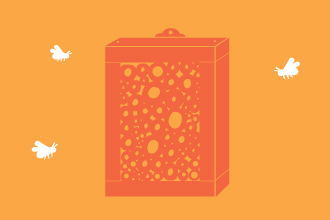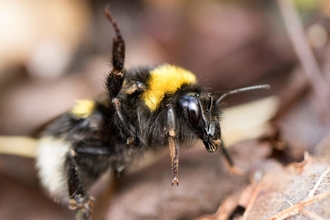Heath bumblebee ©Jane Adams
Heath bumblebee
Scientific name: Bombus jonellus
The Heath bumblebee is not only found on heathland, but also in gardens and parks. It nests in small colonies of less than 100 workers in all kinds of spots, such as old birds' nests, mossy beds and even roofs!
Species information
Category
Statistics
Length: 1.2-1.6cmConservation status
Common.



